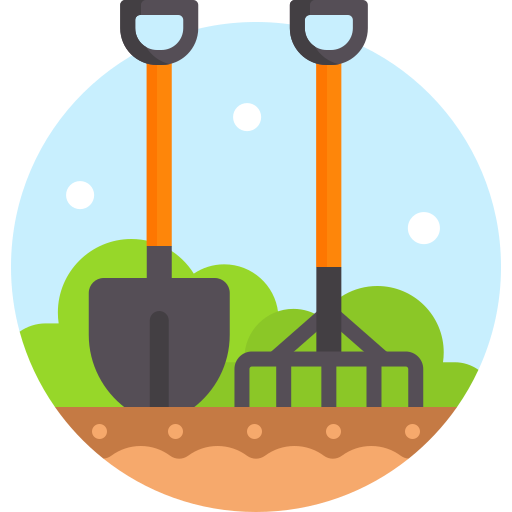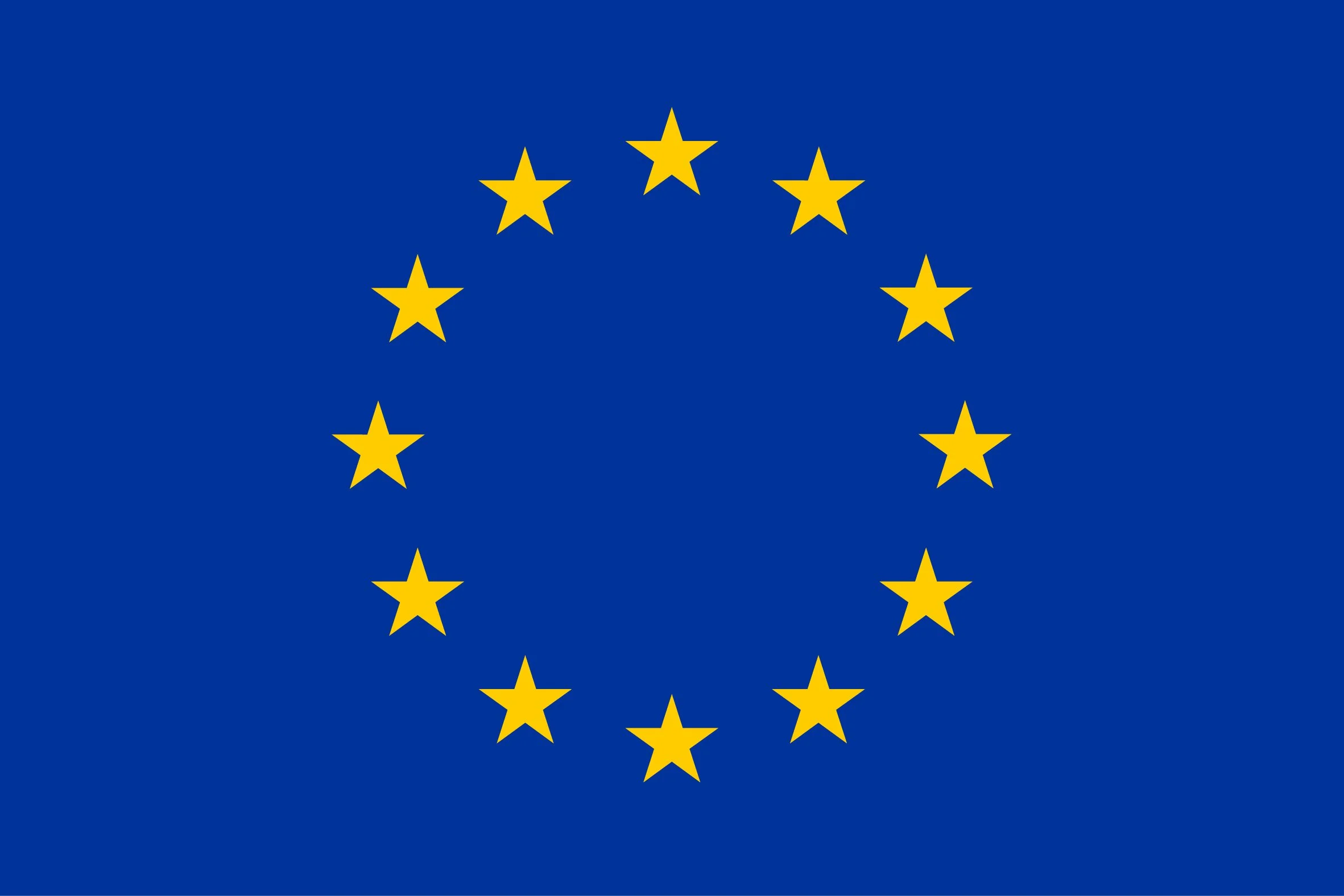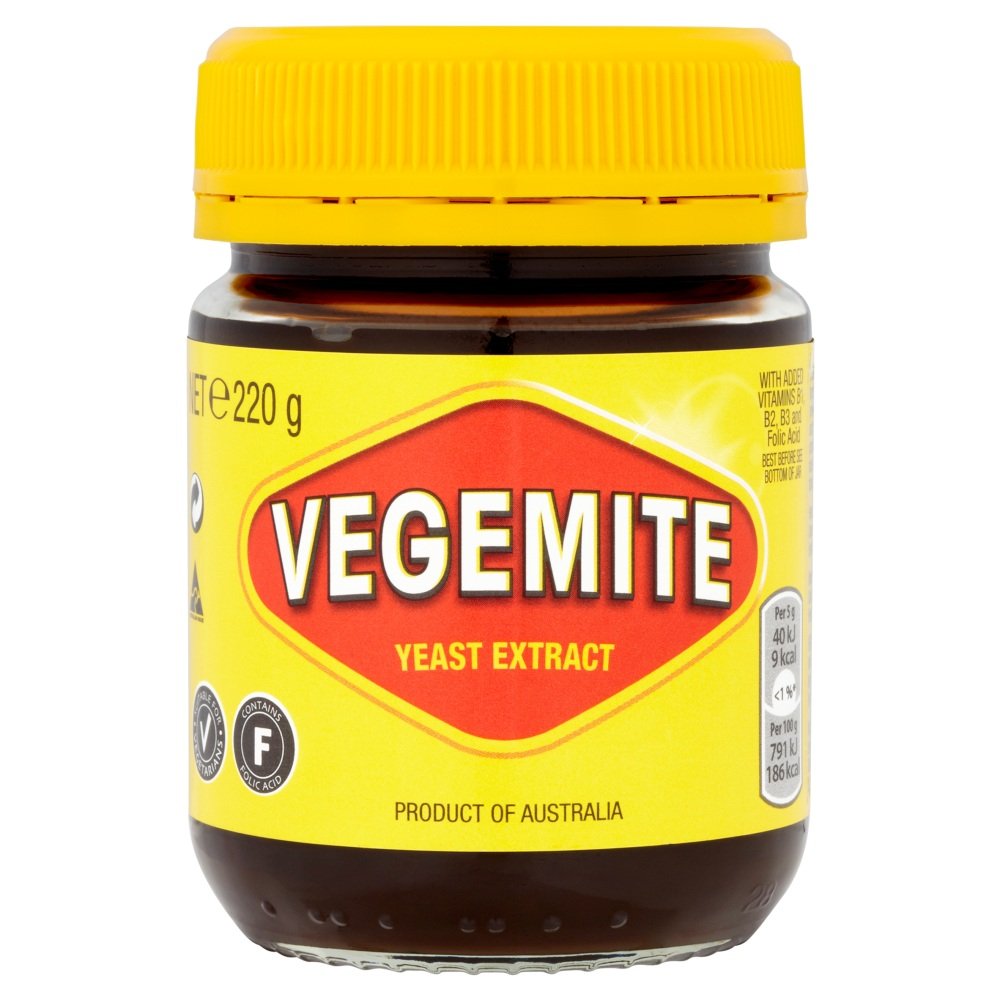

Wasps fly a rather straight pattern back to their nest. Find the nest by using some food they like, such as a sugar drink, and see where they fly to when they leave. Move the container closer until you find the nest.


Wasps fly a rather straight pattern back to their nest. Find the nest by using some food they like, such as a sugar drink, and see where they fly to when they leave. Move the container closer until you find the nest.


Bought a Slimbook Laptop because Apple’s repair would take too long. Slimbook is a Spanish company. We generally buy laptops from smaller suppliers at our company since.
We have been running on European providers for our rented servers for over a decade and are happy there too.
jank is a general-purpose programming language which embraces the interactive, value-oriented nature of Clojure as well as the desire for native compilation and minimal runtimes. jank is strongly compatible with Clojure and considers itself a dialect of Clojure.
Looks like they wanted Clojure to have a smaller runtime.
We have a few Tuxedo computers and some other Linux brands at our company and are generally happy about them. Cheaper devices have a less than perfect keyboard (though I liked the one on the slimbook) a worse camera and microphone (though some are very ok).
I’m very happy with these Linux devices. The few makes for which we needed parts also supplied them but sending the device their way for repair took longer than we’d have wanted.
Cool! This was interesting to see.
On the design: It looks like it could be good for laser cutting but I doubt it will do more than CNC engraving wood. Would love to be proven wrong. I think the screws are too close and the leverages too large to be solid enough for cutting. We cpuld simulate it to verify the weak spots. No problem for plotting and laser cutting though. I was surprised by the deflection of the Indymill which has more metal parts.
On the CAD file: I could easily find my way in the file. I generally constrain more (also importing shapes from other Bodies) which makes it more automatic but also more error prone and harder to calculate. It will be interesting to see an assembly of these parts too.
Looking forward to updates from this build.


I’d like to see the FreeCAD file both in the “a bit messy” form as well as in the cleaned up form.

Kerv Automotive looks more fun.
Best I know of is TechDraw but that may not be as automated as you’d like. You essentially take the shapes and label the dimensions you want to show. Shapes/dimensions can be refreshed, likely also through a macro for multiple sheets if you need that.
I don’t know the UI by memory but the flow is along the lines of: create TechDraw sheet; set scale; import shape; choose views of shape (top, front, …); add dimensions. This can be exported and printed.
I think you can also save the current view of a sketch (save image or such in the menu?) but have not tried it and don’t know how repeatable that is and if you’ll run out of coloured ink in no time.
Looking forward to look at your attached designs!
If you’ve made multiple bodies, you can place them by selecting the body in the tree view. Then open the scary property view, open the data tab, Base, Placement, Position.
You can scroll to roughly put things in position but I’d use a formula in there so you can model in place and have a visual for each configuration.
If you want to reuse a body for left/right you could make a clone or start thinking about the assembly workbench
The data tab contains interesting info. Open it from time to time so it feels less scary. It allows to set the properties from a pad or update constraints from a sketch quickly. Moving a sketch around can be strange though as the axes are relative to the sketch’s coordinates.


The post title says “ever” rather than “2025”. It’s cool for 2025 and we may get some interesting others, but many here will have ran it on something slower at some point.
That’s great!
I’d create one body (the blue icon) per shape you want to cut. You can reference the same spreadsheet.
If you want to reference geometry from another body, activate the body where you want to use it (doubleclick in the hierarchy), select the face of the other body, and use the subshape binder (the green icon with red dots I think). Calculating everything from the spreadsheet is the more stable option.
Looking forward to see what you come up with if you choose to share it.
There is now a default assembly workbench. You don’t need it for this. It is mostly handy to verify your design.
Assuming endless possible values: set up a spreadsheet, define an alias (top right) for the relevant values, and use that in your sketches and extrudes.
You could model the various bodies in place in the right orientation and make do without any assembly as there are moving parts too. The new assembly workbench is nice to use though so it’s worth trying it out.

The idea of an Archive is to have the thoughts collected for reference somewhere regardless of source. I mark tasks with Rejected (will not do) or Retired (no value anymore, too late) because I find it more expressive than Archived information.
Never would work too.


You can manually edit the gcode to see if printing white first works out better. Then search for a more repeatable solution if you often re-slice.
Manipulating gcode looks intimidating the first time but it’s really not that crazy. Cura adds comments to the gcode and you can look up the codes otherwise, I expect Pusa Slicer to do the same. You want to move the whole printing sequence of the white nozzle before the printing sequence of the second black one on the first layer. Keep the setup (heating etc) before that.
Thank you for reporting back! I was very curious about the price difference.


Congrats on the 10 year anniversary!
Some employers don’t care. After 10 years you’ve likely shown to provide value without being horrible towards others. We still try to do something but being small sometimes things fall through the cracks.
Given you’re on Lemmy, you likely wouldn’t appreciate an Alexa device or Chromecast.
What would you have appreciated? What are the sort of gifts are not overly specific but would still be suitable?


We run Taiga and it seems to work fine.
If you want to link to external sources in a structured way and you don’t mind tweaking the looks, SolidOS (ot another SOLID app) has a task list/tracker.
I keep my personal tasks in org-mode or org-roam.
Fully agree. I presume it’s way harder than it seems. https://codeberg.org/forgejo-contrib/federation/src/branch/main/FederationRoadmap.md shows some things as done and many as WIP. Perhaps there’s a demo server somewhere with which we can experiment?


The theft protection issue is not something to worry about in Europe. The European cars got an upgraded system due to regulations.
That helps to kill the animals if I understand you correctly. Your last point was to find them. It may surprise you, but I did not research the suggestions you made and don’t know their alternate uses. You could get rid of a nest after finding it without also killing the bees in your area (at least, public services handle that and I didn’t hear otherwise).
You can find them and get them removed all without shouting :-)